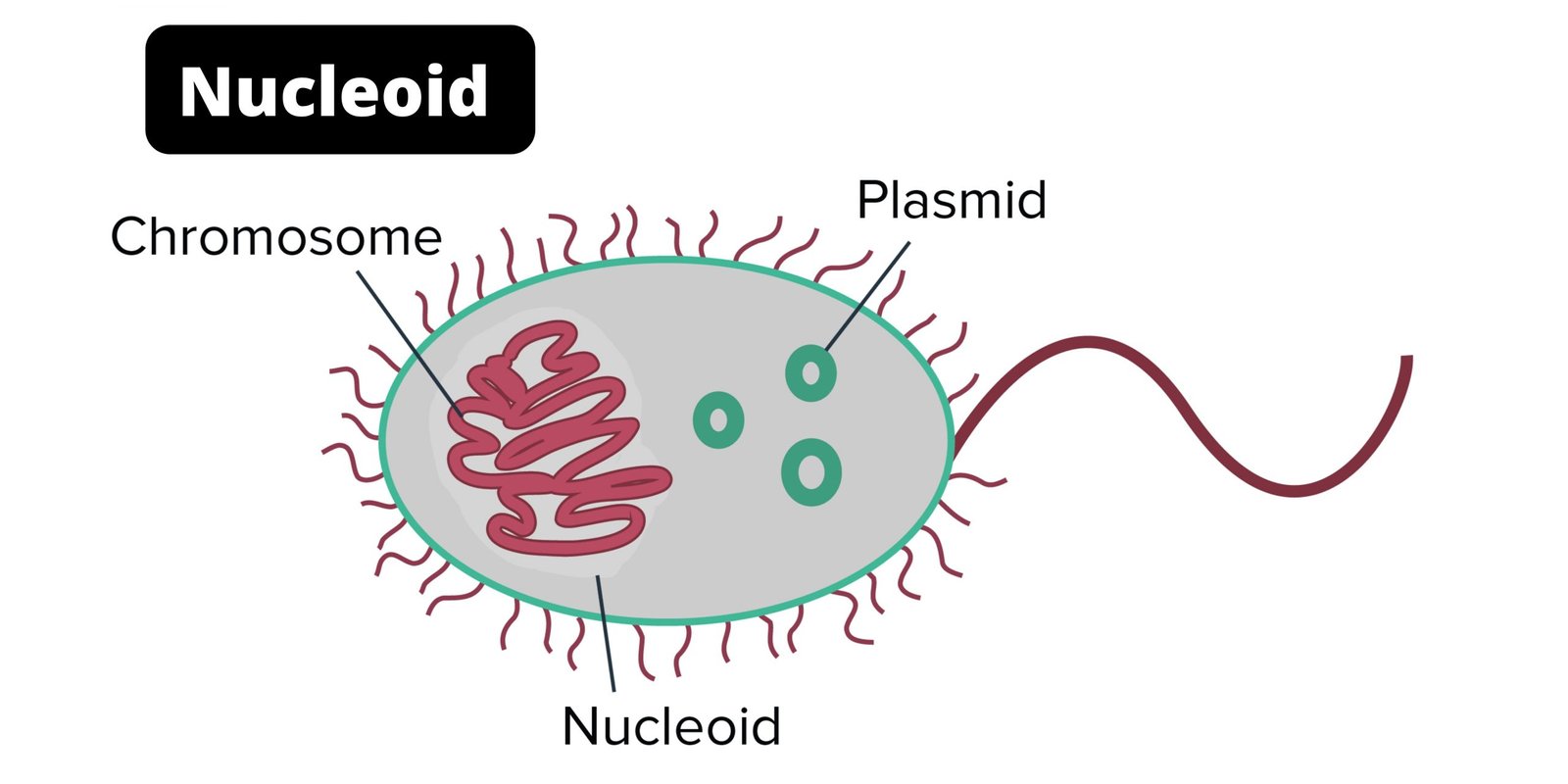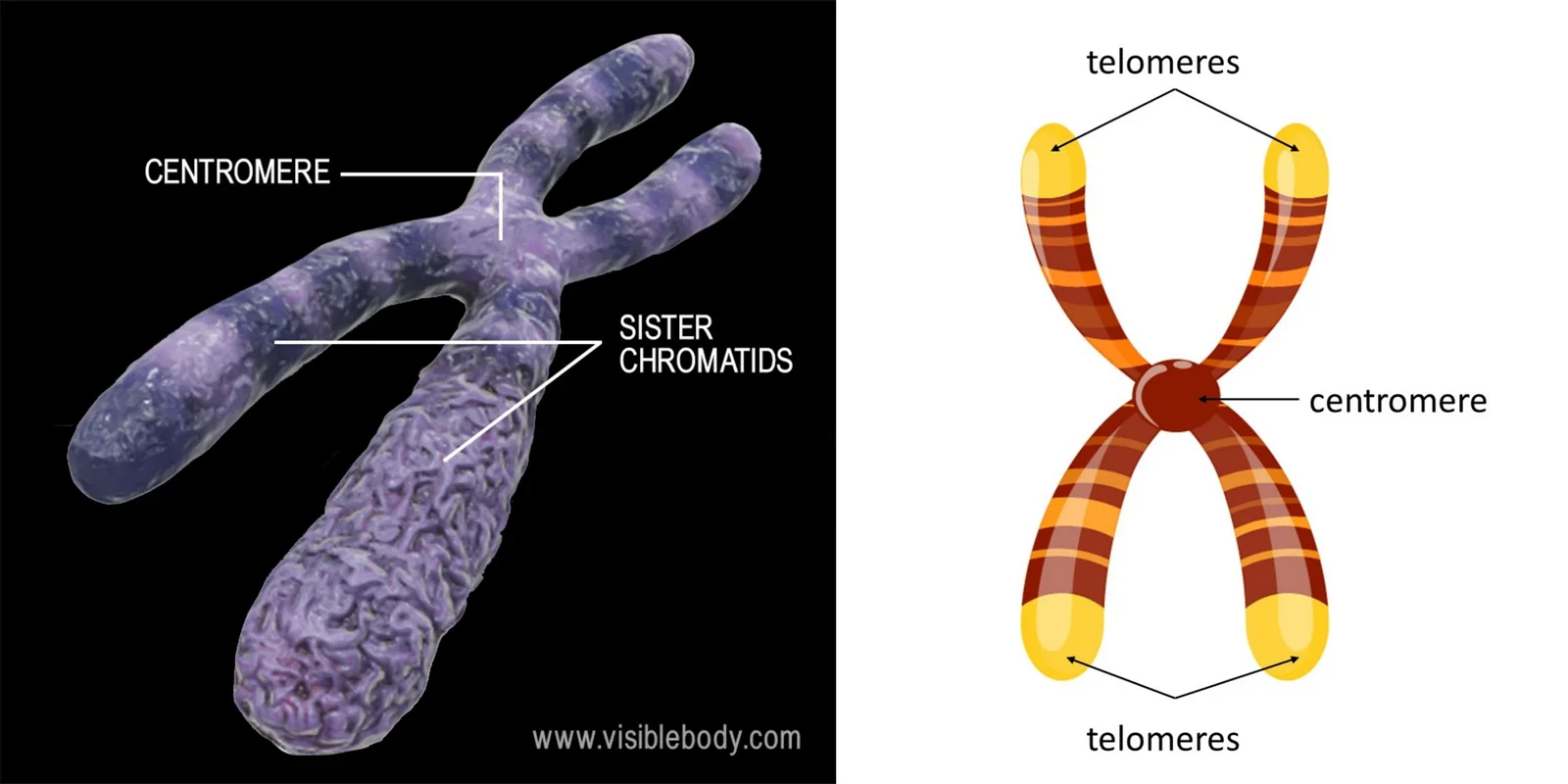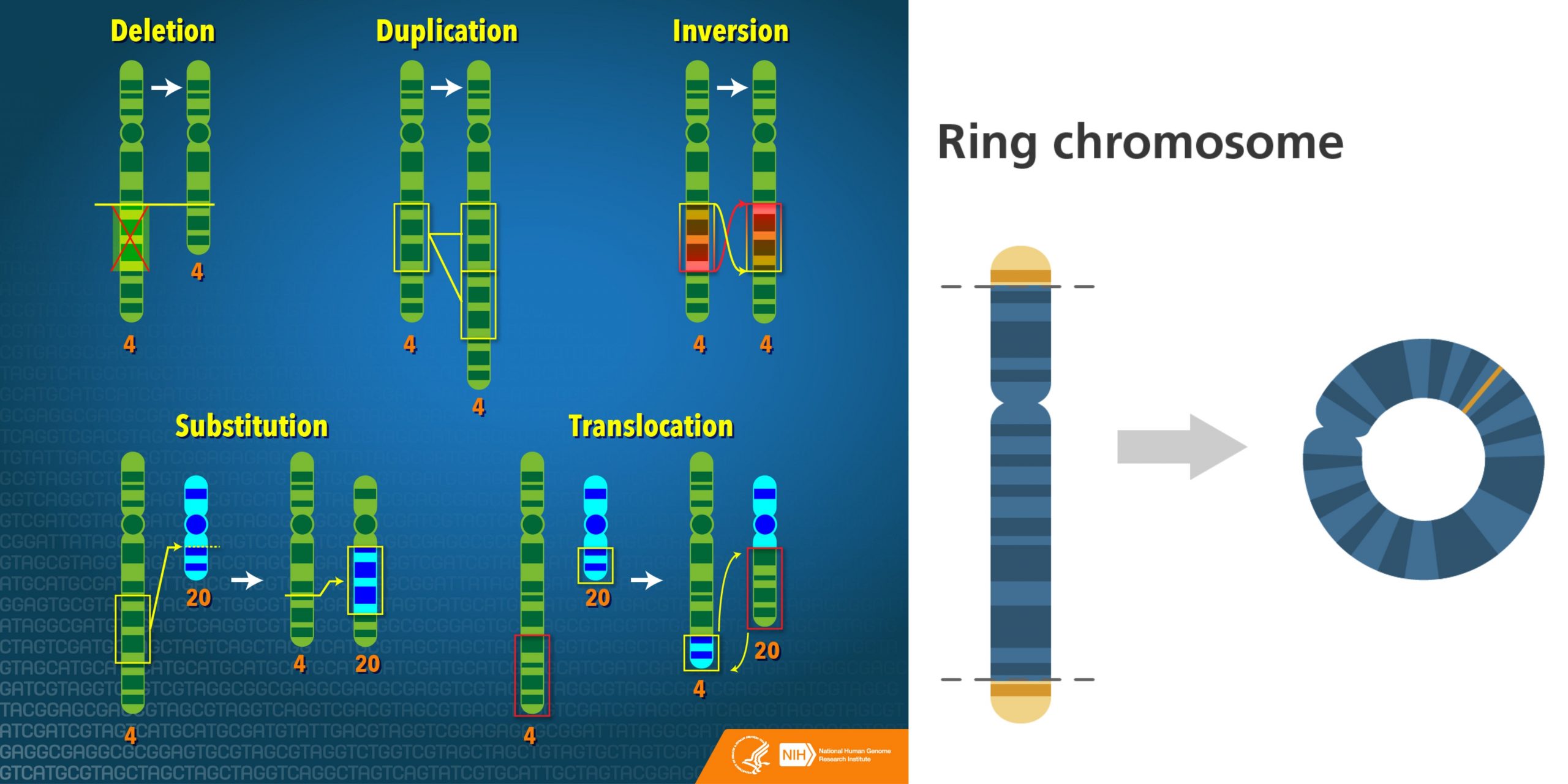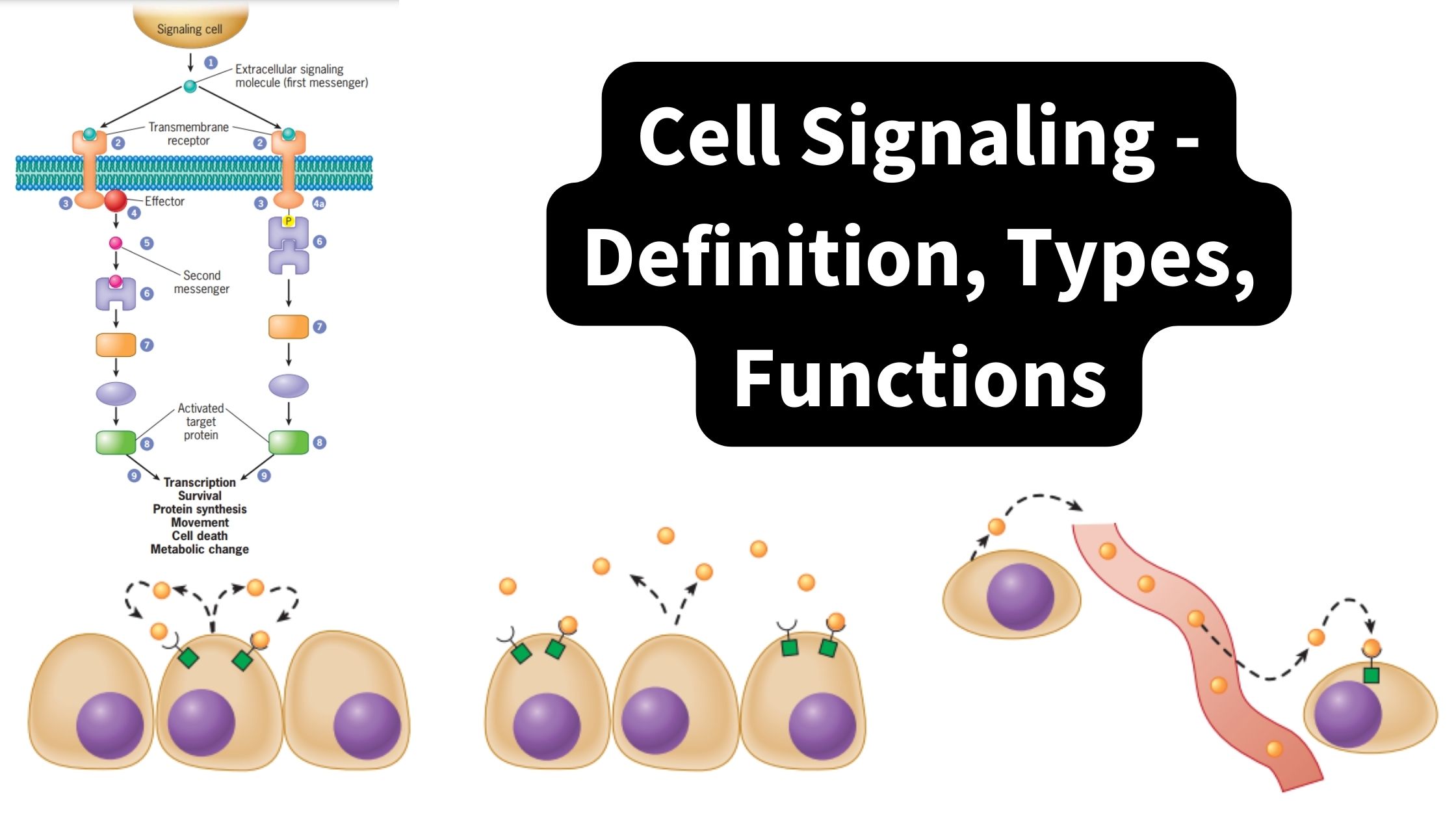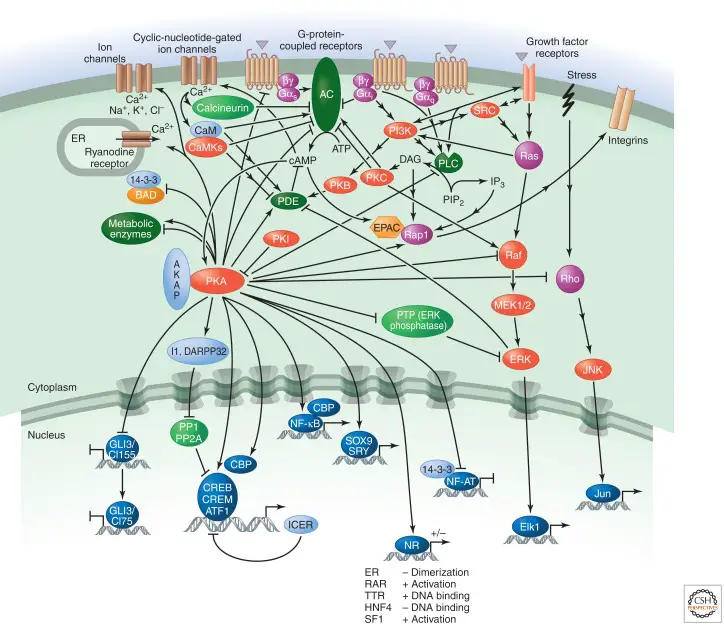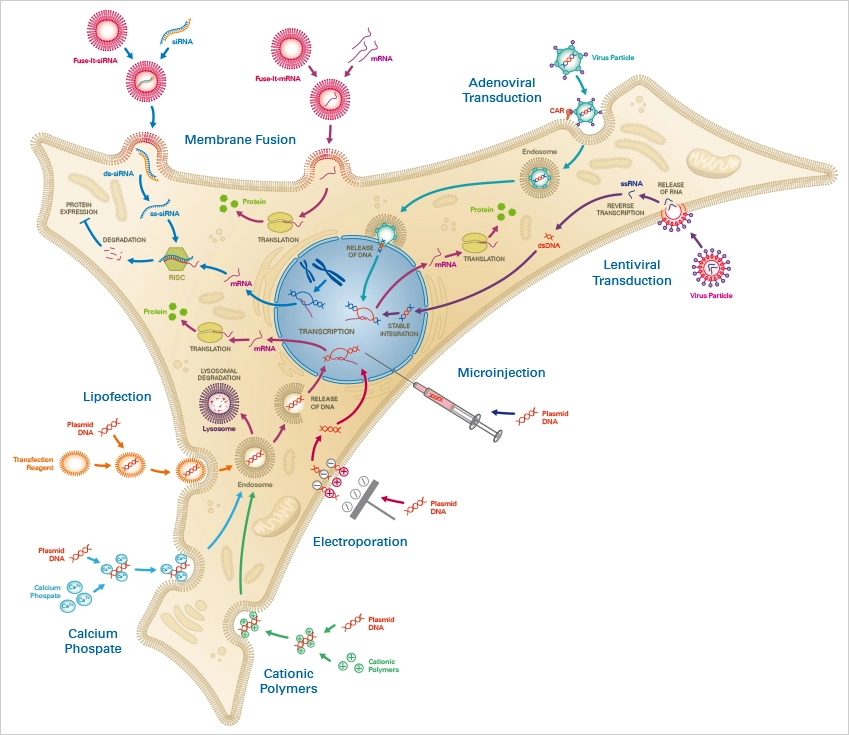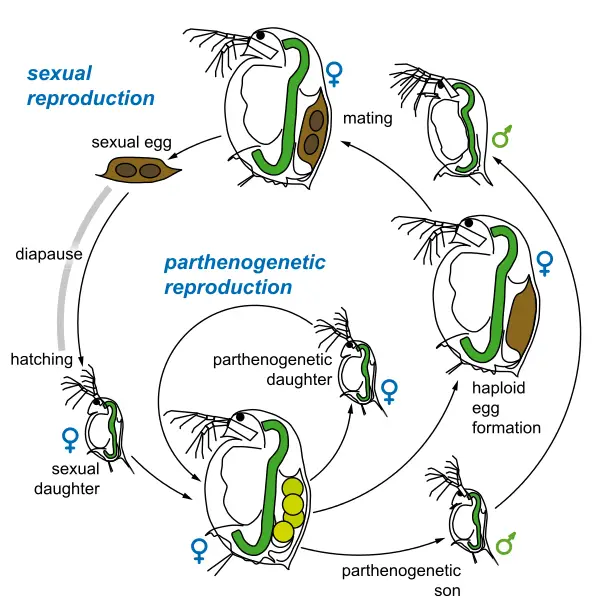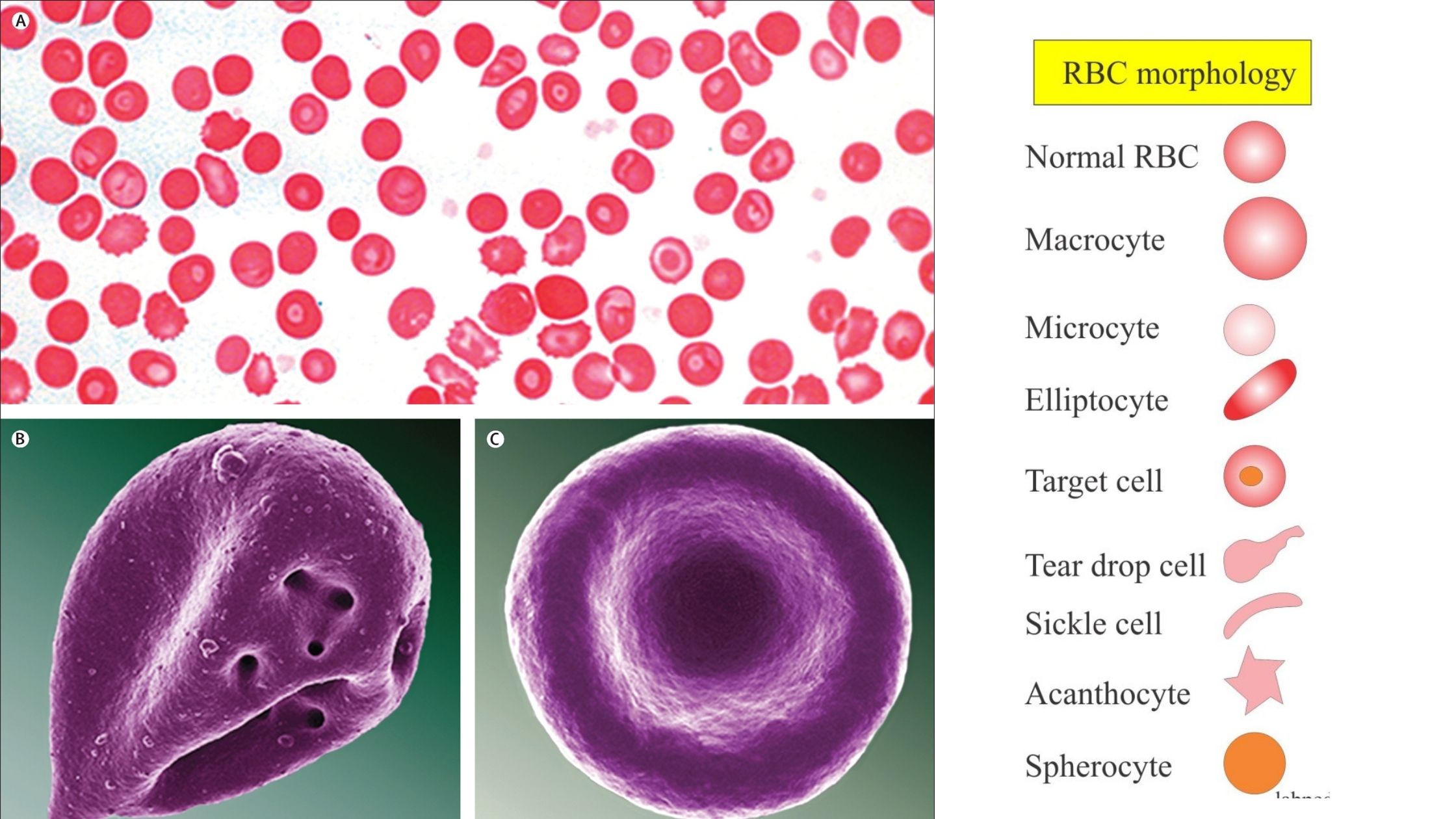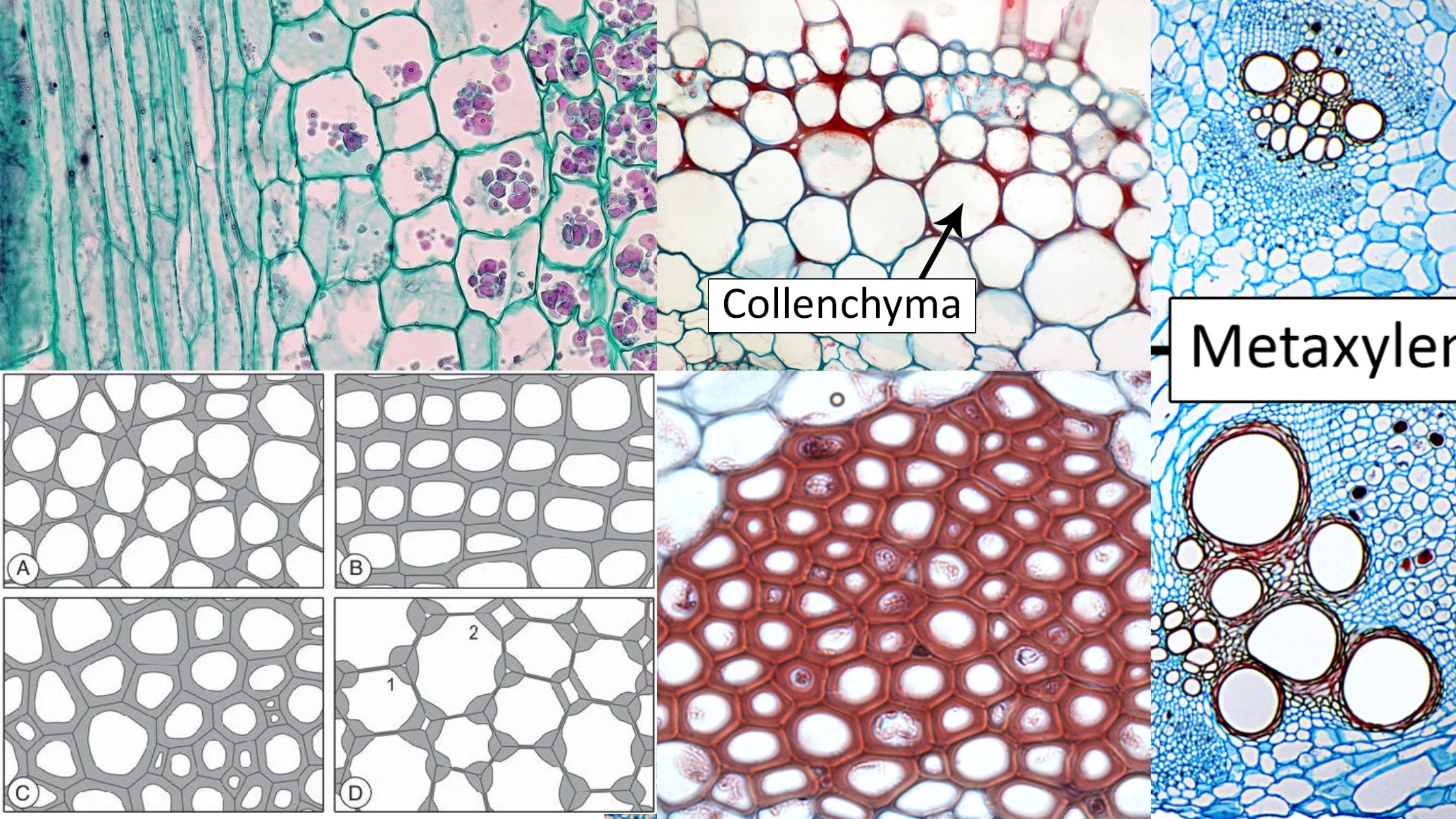Nucleoid – Definition, Functions, Characteristics
The Nucleoid (meaning it’s like a nucleus) is an irregularly-shaped part of the prokaryotic cell which is home to all or most part of the gene material. The chromosome of a protokaryote is circular and its length is big in comparison to cell dimensions, which is why it has to be compressed to be able to fit. Contrary to the nucleus in a prokaryotic cell, it’s not protected by the nuclear membrane.
